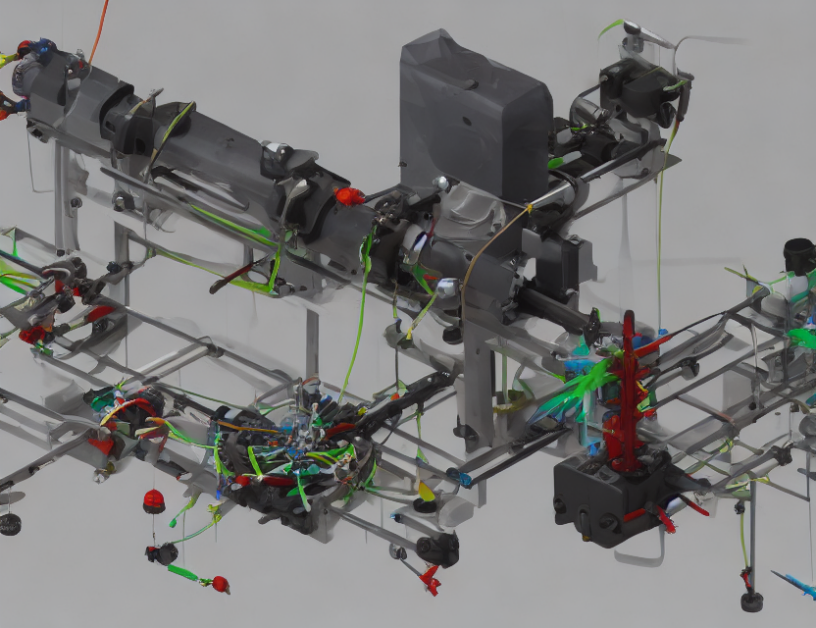The HEBI actuator is a sophisticated device that combines various components to generate precise movements. Imagine it as a tiny robot with a brain (controller) that tells its muscles (motor) what to do. The motor then converts electrical energy into mechanical energy, allowing the actuator to move. The HEBI actuator boasts of four control strategies, each designed to tackle specific challenges and achieve optimal results.
Control Strategies
The two primary control strategies discussed in this article are Strategy 1 (Direct PWM) and Strategy 3 (Position, Velocity, and Effort controllers). Think of these as different driving modes for your car. In Direct PWM mode, the motor gets a direct command based on the desired torque output, like an automatic transmission with no feedback. Strategy 3, on the other hand, uses individual controllers for position, velocity, and effort (torque) to generate a final PWM output command, similar to a manual transmission with feedback from various sensors.
Motor Equations
To appreciate how the HEBI actuator works its magic, let’s dive into the motor equations that govern its internal workings. These equations are like the instruction manual for your car’s engine, outlining how different variables impact the motor’s performance. By understanding these equations, we can better comprehend how the actuator handles torque and speed.
Conclusion
In conclusion, this article has provided a detailed overview of the HEBI actuator, its mechanical details, and control strategies. By using relatable analogies and language, we demystified complex concepts, making it easier for you to grasp the inner workings of this critical component in optimal control algorithms. As you delve deeper into the world of control systems, remember that understanding the basics is crucial for tackling more challenging problems. So, keep exploring and learning – and who knows, maybe one day you’ll be designing your own optimal control algorithms!



